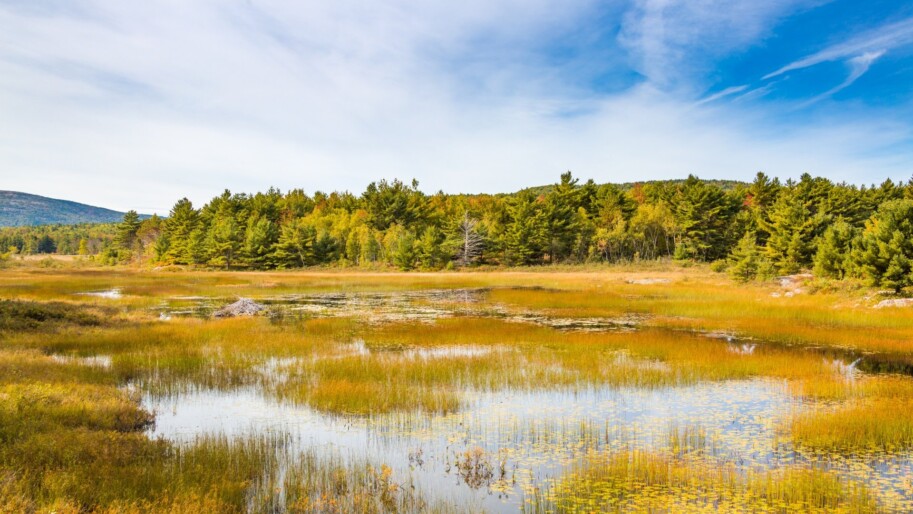by Fiona Harvey, Grist
Highlights
- According to a new study, restoration of Earth’s most degraded areas along with protections for areas still in good condition would help store an amount of carbon equivalent to half of all human-related greenhouse gas emissions since the industrial revolution
- Restoration and protection would prevent 70% of anticipated species extinctions
- Only 1% of funding fighting against the climate crisis goes to nature restoration even though nature-based solutions are among the cheapest way of sequestering carbon and protecting wildlife
- Restoration and protection of peatlands, wetlands, and savannas will protect numerous species plus aid in carbon sequestration
- Marine habitat restoration is also needed to protect marine ecosystems, food supplies, and sequestration efforts
Accelerating sequestration is critical to achieving drawdown greater than emissions by 2030 for a climate-safe future. We know today how to manage natural and agricultural lands for sequestration through proven carbon farming practices. The Climate Center applauds Governor Newsom’s recent Executive Order on protecting state lands and water resources. The Center encourages the Governor to adopt the Executive Order as written by us to accelerate negative emissions and carbon drawdown.
Read More: https://grist.org/climate/rewild-to-mitigate-the-climate-crisis-urge-leading-scientists/

Nina Turner
Energy Programs and Communications CoordinatorJanina is a graduate of the Energy Management and Design program at Sonoma State University with experience in non-profits that specialize in sustainability and volunteerism.

